Chittorgarh was the capital of the kingdom of Mewar. The city gets its name from the Chittorgarh fort, a symbol of Rajputana legacy. This fort is considered one of the oldest in world with tons of history related to it. Chittorgarh fort is spread over 700 acres and has 22 water bodies, towers, palaces and lot many temples in the campus.
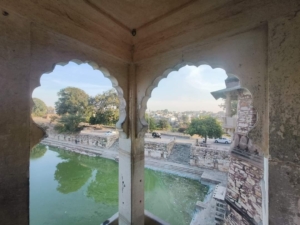
The major palace of attraction in Chittorgarh fort are Rana Kumbha Palace, Rana Ratan Singh Palace and Rani Padmini Palace.
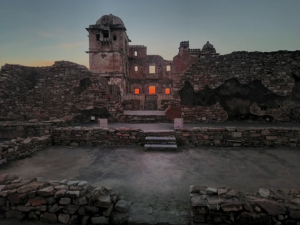
Learning about the history of this place i definitely didn’t want to miss this out. We travelled all the way from Kumbhalgarh to Chittorgarh. Most interesting part about our drive has to be seeing so many wild Nilgais, never thought there were so many in wild. And ofcourse the Dal batti, such an amazing food if you are in Rajasthan. The driver took us to a very famous Dal batti place near Chittorgarh. That tasted a bomb for sure. Loved it!!!!
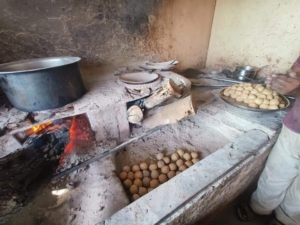

We reached Chittorgarh around noon… We requested for a guide… Couldn’t get a good English speaking guide but then opted for one in Hindi. Never seen so many houses and also roads inside a fort complex. First the driver said he will drive us around the fort, so that we will get a fair idea of things to see and how big the fort is.
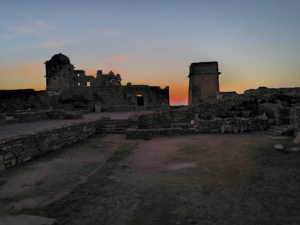
Our first stop was the Rana Kumbha palace. Rana Kumbha Palace, built by Bappa Rawal in 734 AD, is situated inside the Chittorgarh Fort in Rajasthan.

This place was once the home of famous bhakti poetess Meerabai. She is a princess who gave up her lavish lifestyle and devoted herself for the worship of lord Krishna. During the rule of Rana Kumbha, the Meera Bai temple was also built.
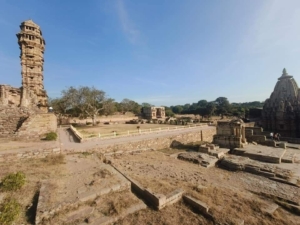
The palace is believed to have underground cellars where Rani Padmini and other women folks in the royal palace performed Jauhar during the attack of Ala-ud-din Khilji in 1303 AD.
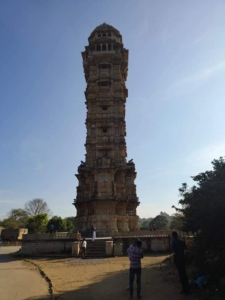
The story behind the Jauhar is very well mentioned in the film ‘padmavat”. Padmini was actually from Srilanka and got married to Ratnasimha the king of Chittor. Learning about the beauty of Rani Padmini, Ala-ud-din Khilji waged a war against Chittor kingdom. Initially he said will leave if he see’s Rani Padmini ones. King made sure he just saw the reflection of her in the mirror for a fraction of a second.
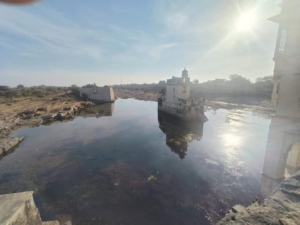
But then he tried to imprison the king and other soldiers. Unfortunately they were outnumbered by the Khilji forces and all women in the palace perfomed Jauhar.
Another true story that happened in the Chittorgarh fort is of a brave maid Panna Dai who made her son lay down at Udai singh(II)’s bed to save the Infant King Udai singh(II). When a conspiracy happened to kill him to get the Throne, she sacrificed his Son instead. After this incident Udhai Singh was taken to Kumbhalgarh fort secretly and lived there. Udai singh II is the founder of today’s Udaipur.
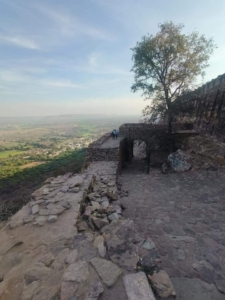
It is mentioned in history books that thrice Jauhar happened here. First was during the Khilji invasion in 1303, then during the invasion of Bhahdur Shah in 1535 and then finally during Akbar’s invasion in 1568.
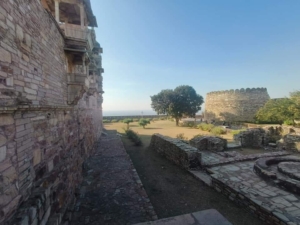
It is said that about 16,000 women commited Jauhar with Rani Padmini during Alauddin Khilji invasion, 13,000 women with Rani Karnavati during Bhahdur shah invasion and 3000 women during Akbar invasion. Akbar capturing Chittorgarh fort after great struggle ordered the killing of 30,000 Hindus, enslaved many children and women. He also destroyed many temples as all Mughals did.
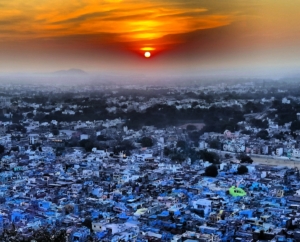
There is a sound and light show that showcases the history of this fort in Rana Kumbha palace every evening. We also attended it. It astonishing to know this fort’s history and it has gone through so many brave wars and sacrifices. The sunsets are stunning here. It is believed that the blue pigment coating on a house used to indicate that a Brahmin, traditionally consisting of priests and town elders dwelled her.

The night market at Chittorgarh town is definitely worth exploring. Lot of street food options to try from, vibrant markets and also nice cafes to chill with the view of Chittorgarh fort.

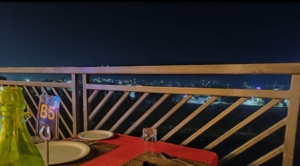



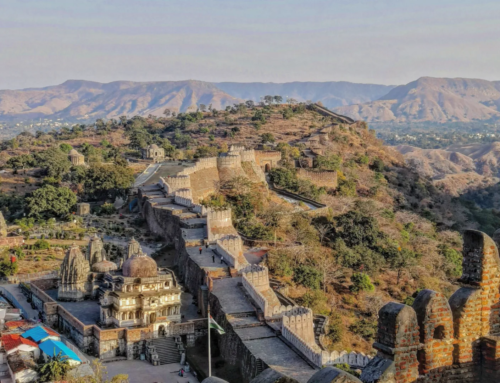
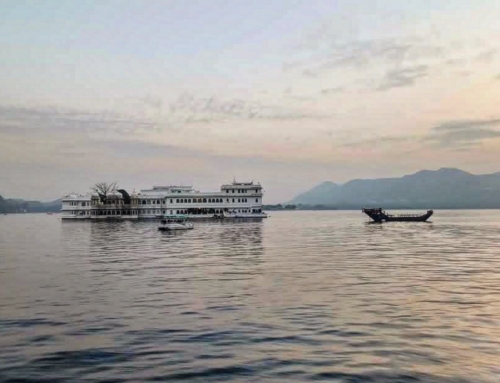
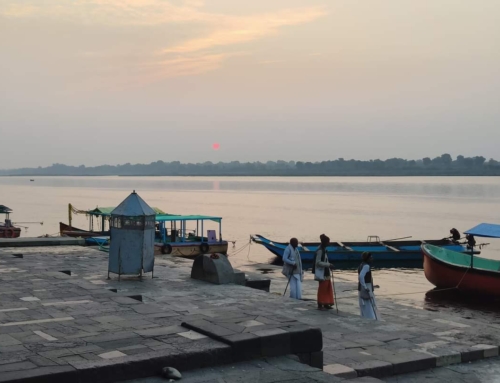
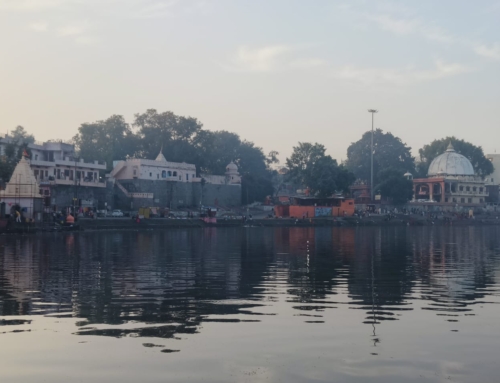
Leave A Comment